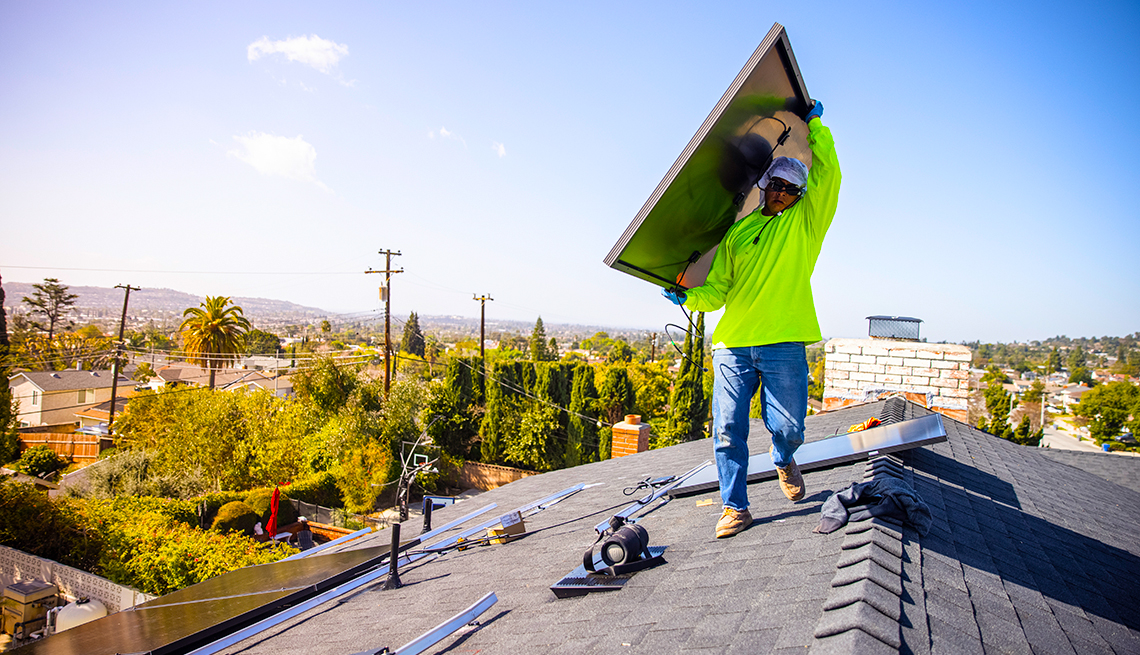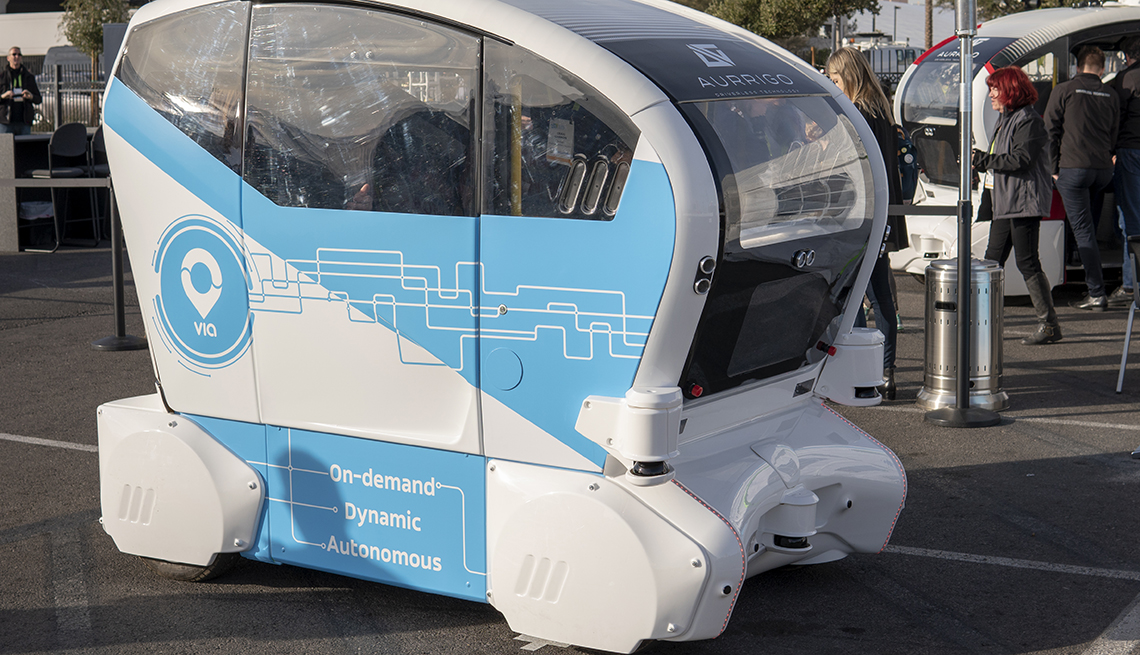
- Select a language for the TTS:
- UK English Female
- UK English Male
- US English Female
- US English Male
- Australian Female
- Australian Male
- Language selected: (auto detect) - EN
Play all audios:
WHEN DOES IT MAKE SENSE TO GO SOLAR? While there’s no one-size-fits-all answer to what types of homeowners benefit most from solar panels, there are a few key factors to consider. For
starters, living in a state where the sun shines virtually all the time, such as Arizona, Florida and California, is a big plus. What side of the street you live on is also important, since
the more sun you get, the better. “Generally speaking, the best fit for solar would be a single-family, stand-alone home that you own, with a southern-facing roof that’s in good condition
and receives little shading,” says Liberati. Homeowners who have high electricity costs are also good candidates, since the more you spend on electricity, the more you’ll save with solar, he
adds. There are other benefits of solar that go beyond dollars and cents. One plus of not relying on the traditional electric grid is so-called “resiliency,” says Liberati. “When paired
with a battery, a solar panel system can keep the lights on during outages,” he says. Batteries for a solar system can cost from $5,000 to $7,000. IS IT WORTH THE TROUBLE? The answer is
yes, says the CSE’s Airth. Your utility bill savings are immediate. And “over time, the system pays for itself,” he says. “Rather than always paying a utility for all your electricity,
invest in your own power system — that’s the bottom line.” The payback period for solar is typically seven to 10 years, he adds. How much will you pay for electricity once your solar system
is installed? It depends on how much solar energy your system produces and where you live. But the savings can be meaningful. “In a productive solar month, typically in the spring and
summer, a bill can get down to $0 or even negative, where credits will be given back on a customer’s utility bill,” Airth says. “In the fall and winter, when there are fewer hours of
sunlight, a utility bill may vary from 25 percent to 100 percent of your previous bill without solar.” There are many variables, he adds, including the size of your system and your monthly
energy consumption.







